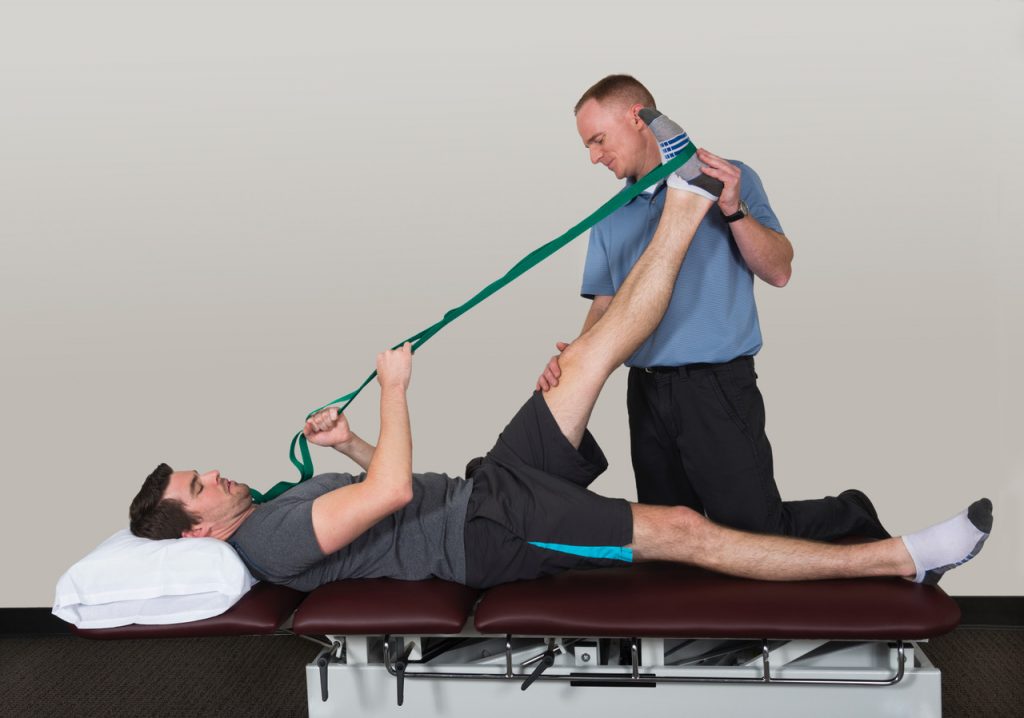 Low back pain (LBP) is one of the most common reasons people seek primary care. According to recent review in Up To Date 84 percent of adults are likely to have one experience of low back pain in their lives. While occasional pain is self-limiting and lasts 4-6 weeks, episodes that last longer can become chronic.
Low back pain (LBP) is one of the most common reasons people seek primary care. According to recent review in Up To Date 84 percent of adults are likely to have one experience of low back pain in their lives. While occasional pain is self-limiting and lasts 4-6 weeks, episodes that last longer can become chronic.
There is consider amount of research on LBP because it affects quality of life AND because it is a major contributor to rising costs in healthcare without improving outcomes.
What We Know
In a 10-year, Systematic Review published in the Journal of American Medical Association researchers looked at more than 20,000 LBP visits and found that professional guidelines for management were not always followed. The result was additional imaging, use of narcotics, and less use of NASIDS, without showing marked improvement for the patient. A physical therapy newsletter, PT News 2017, explained the lack of referrals (only 10 percent during the same time frame of the systematic review) by noting the increase in prescription narcotic use. This rise prompted clinical forums to highlight overtreating LBP and other self-limiting problems.
Can Physical Therapy Help?
A recent study in the Journal Spine examined both intake and discharge Functional Status reports of more than 11,000 patients with low back pain who were prescribed physical therapy. Seventy percent of the patients reported improvement during the early phase of their PT (the first 40 percent of their prescribed visits).
 This patient education link from the American Academy of Physicians provides an overview of LBP with graphics and notes that the recommended treatment is physical therapy. Physical therapists, it should be noted, have doctoral degrees and are able to guide patients toward improved outcomes of various muscular-skeletal problems.
This patient education link from the American Academy of Physicians provides an overview of LBP with graphics and notes that the recommended treatment is physical therapy. Physical therapists, it should be noted, have doctoral degrees and are able to guide patients toward improved outcomes of various muscular-skeletal problems.
A PT visit starts with patient assessment, according to Erica Walker, DPT, beginning with evaluation of posture and movement. During every visit observation of basic functional actions lends objective data that will guide the treatment episode, including:
- Sitting posture
- Standing effort and posture
- Walking, gait balance and more
Often people will unconsciously adapt their movement to accommodate daily life, like lifting a bag of groceries, putting clothes in the dryer, or walking the dog because. These then can become dreaded activities. PT asks about daily activities as part of the assessment, relying on the patient to explain what hurts, when and how much pain is experienced. Being honest with your PT becomes the foundation for the hands-on evaluation of pain.
Ericka Walker explains that a PT visit ends with homework. This is a critical part of the healing process because allows patients to practice the posture and exercises needed for daily life.
One stretch exercise often prescribed for PT homework lengthens the hamstrings, on the back of the legs. Stretch the hamstring while lying on your back and using a stretch belt or towel.
The study in Journal Spine shows 2/3 of people improve in the early phase of their PT visits. This is important information both for motivation to build the strength and flexibility to important muscles, but also as it impacts the treatment plan if LBP does not improve by the mid-point in the prescribed PT visits.
Three practices used to support the low back (while healthy or experiencing pain):
- Breath
- Brain
- Posture
As the video shows the breath is key for sending oxygen to the muscles and enhancing relaxation. Good posture is about supporting our spine, hence helping the low back to be in correct alignment. Everything comes together in mindfulness – engaging the brain to support the breath and movement.
Look for other posts from Shared Decisions about Mindfulness and its role in other aspects of health, including pain management.

Leave a Reply